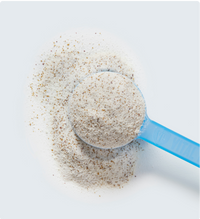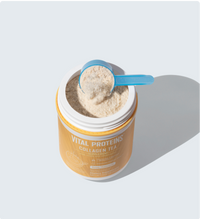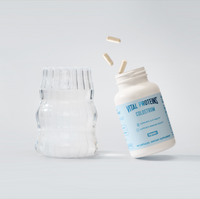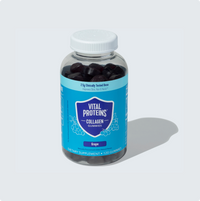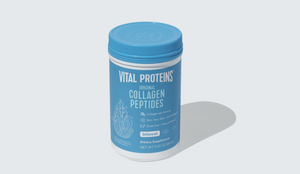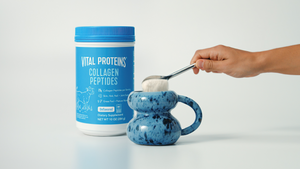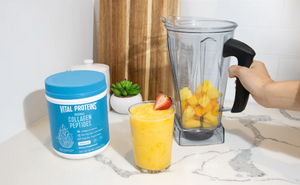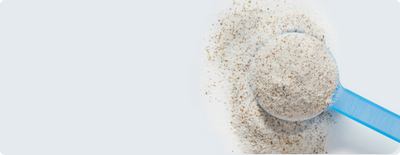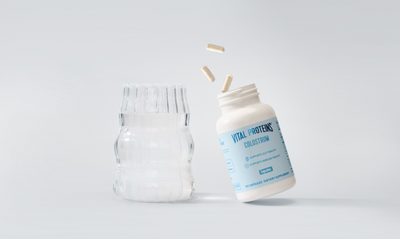Experimenting with different foam rolling techniques has become a staple in fitness gurus’ workout routines. First you kick butt during a HIIT class or lifting session. Then you foam roll (aka self-myofascial release). But what's so great about this post-exercise staple?
Foam rollers massage muscles via the stiff foam providing pressure to tight muscles. “Massaging muscles can help to release tightened muscle fibers and reduce trigger points,” Dr. Lisa Folden, PT, DPT tells Lively. A foam rolling routine may help decrease post-workout discomfort but should not replace static stretching. Foam rolling should be more of an add-on to a deep stretch rather than a replacement, Folden says.
Interested in finding your perfect fit but wondering how to choose a foam roller? See what these fitness trainers had to say about their favorite foam rollers.
Vital Note: This article has been made available for informational and educational purposes only. It is not intended to be a substitute for professional medical advice, diagnosis, or treatment. Always seek the advice of your physician or another qualified health provider with any questions you may have regarding a medical condition. Your licensed healthcare professional can best provide you with the diagnosis and treatment of any medical condition and assist you as well in deciding whether a dietary supplement will be a helpful addition to your regimen.

How to choose a foam roller
Deciding which roller to use is a tall order once you discover all the different kinds there are out there. Do you need something soft or firm? Textured or smooth? Will a heated roller really make you feel like you're getting a massage in Hawaii? Different kinds of foam rollers are out there for different needs.
What is the best foam roller to use?
When it comes to foam rolling, you have many options. The best foam roller to use is one that you're comfortable using and can aid in recovery. Here are a few types to consider.
Bumpy Foam Roller
The TriggerPoint GRID Foam Roller is a fan-favorite among the trainers, including Sarah Pelc Graca, Founder of Strong with Sarah. She likes that it has a smoother area and an area with more ridges. "This allows you more freedom to choose which area you want to utilize and it gives your muscles relief depending on your preference."
Pelc Graca tells her clients to use it in any area where they are experiencing muscle fatigue and soreness, and then apply pressure and roll. "For example, if you're experiencing quad soreness, put the foam roller under your quadricep muscles and roll back and forth using your hands for support as you roll," she says.
3-D Massage Point Roller
If you're looking for the closest thing to a massage in a roller, Jeff Parke, Owner of Top Fitness Magazine, prefers the Rumble Roller. It comes with two options of firmness (Original and Xfirm) and both contain 3-D massage zones that mimic pressure.
"It is designed to help relieve knotted muscle fibers and decrease muscle tension," Parke says. Since it's more advanced, Parke prescribes this roller to clients who are already familiar with traditional rollers. "It's important to be aware that using a firm foam roller or the RumbleRoller can cause damage, such as bruising, to your skin," he cautions.
So, it's best to use it in a small area then wait a couple of days in between to make sure it's suitable for your skin type.
Vibrating Roller
Looking for a foam roller that comes with all the bells and whistles? A vibrating roller is a notch above the rest. Alex Weissner, Co-founder of bRUNch Running, RRCA Run Coach and NASM CPT, is obsessed with the Vyper 2.0 from Hyperice. While it's pricier than the other options, Weissner says it’s worth every penny.
"The vibrations are the key to this roller and can help loosen up those tight muscles even better than your traditional foam roller," she says. "Just keep the good vibrations in your head and you will truly feel amazing after rolling on this baby."
Related Articles
Is a hard or soft foam roller better?
This depends on your level of comfort with foam rollers, and what you are looking to get out of myofascial release. Low-density foam rollers are the gentlest foam rollers available, according to fitness trainer Isaac Robertson. They're soft and typically smooth in texture, making them best suited for those new to the fitness scene.
"You will find that the pressure is less intense than a textured roller and eases you into a solid routine," Daniel Sullivan, Founder of The Diesel Physique, tells Lively.
When using it, it shouldn't feel painful. It should feel like a deep tissue massage.
"If you find a spot that feels tense, focus on it by rolling back and forth until you feel it release," adds Parke.
Another option is a medium-density foam roller. Choosing a medium-to-firm option is helpful for people who are looking for a more intense massage. "These types of rollers are also the perfect choice for larger areas of your body like your quads, hamstrings and back," explains Parke.
However, with great power comes more responsibility. In other words, you must use it properly. Parke says to avoid rolling over joints, for example, as this could cause damage. If you're looking for a deep back massage, he says to lay on your back with the foam roller positioned under the upper back.
"Your knees should be bent with your feet flat on the floor. Brace your core and lift yourself up into a shallow bridge position," he says. From there, you want to slowly start to roll up and down between your upper and mid-back, stopping at tight areas along the way.
However, you need to be careful when rolling your back. You should avoid rolling on the head, neck and lower back.

What is the best foam roller for beginners?
If you're relatively new to fitness and looking for a gentle massage or soft myofascial release to promote exercise recovery, give a lightly textured foam roller a try. This style of roller isn't as textured as the TriggerPoint GRID Foam Roller, but it still gets the job done. The lightly textured surface of the foam roller has a tread that provides extra grip,
Rohan Arora, CEO and Founder of Gaining Tactics and a Certified Personal Trainer and Sports Nutritionist, tells Lively. His choice for this is the OPTP Pro-Roller.
"This is particularly designed for people looking for comfort as opposed to deep massage from the standard foam rollers," Arora says. It comes in different lengths and styles to accommodate specific movements. You can also get your roll on anywhere with it – the gym, studio or at home – thanks to the durable EVA foam.
Muscle recovery doesn't end with foam rolling. We also suggest adding Vital Performance™ RECOVER, which is made with 10g of collagen and BCAA to combat muscle soreness and promote muscle recovery to your routine.**

